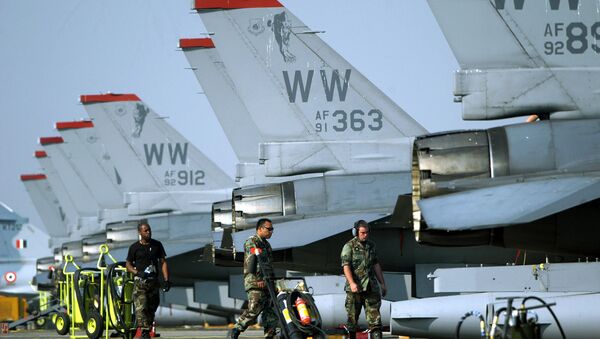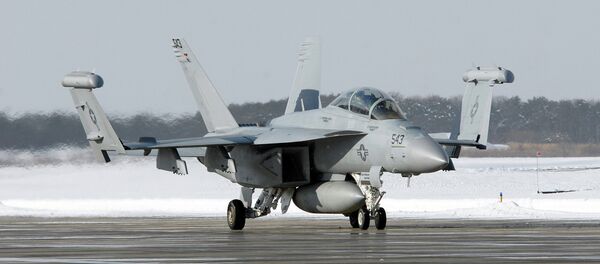WASHINGTON (Sputnik) — US Air Force Chief of Staff General David Goldfein said that the new requirements are difficult of accomplishment for the US military.
"The guidance tells us that we have to be simultaneously ready to defeat a near-peer adversary with an anti-access area denial environment… while at the same time imposing costs and deterring another adversary, while at the same time ensuring a safe, secure, reliable nuclear enterprise, while at the same time defend the homeland at the level that will be required. Then we are at high risk," he said.
If forced to combat a near-peer rival and ward off another adversary, the United States "will win, but it is going to take a lot longer than we would like, and it’s going to cost a lot more," Chief of Naval Operations Adm. John Richardson emphasized.
The challenges of potentially facing a rival like Russia or China is complicated by the fact that the US military has been shaped by 15 years of counter-insurgency operations, and has put off investments in high-end capabilities and needed modernization, Marines Corps Commandant General Robert Neller explained.
"While we’ve been doing this, effectively, our potential adversaries have recapitalized from the ground up," Neller said, also noting that the high-risk environment US armed forces would face in a conflict against a near-peer rival and an additional adversary.
Since 2013, the US military has been hit with substantial budget cuts at a time of increased demand for counterterrorism activities in the Middle East and a renewed deterrent posture in the Asia Pacific and Europe.



